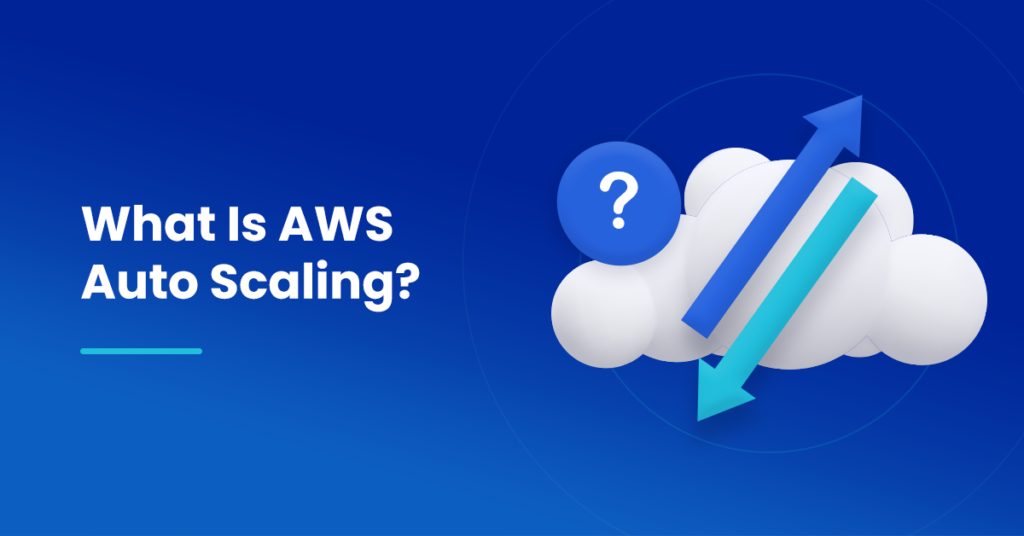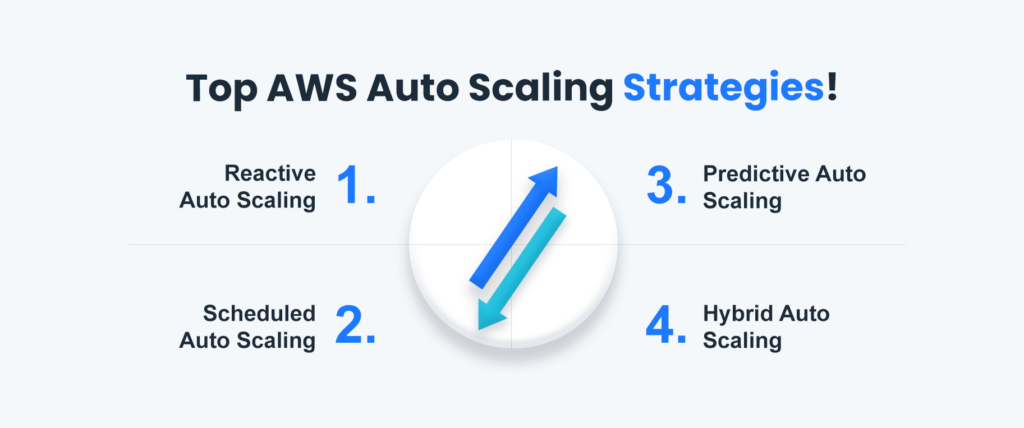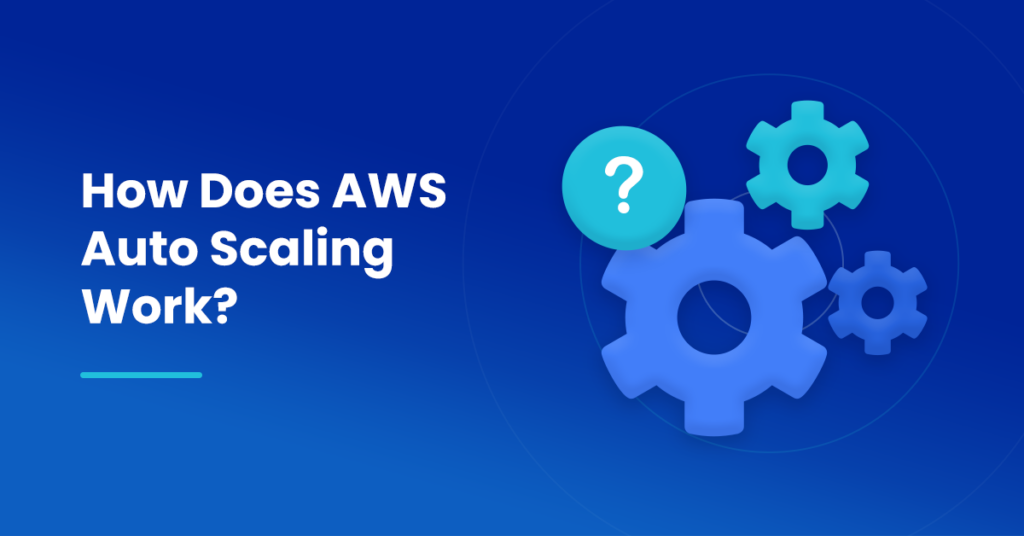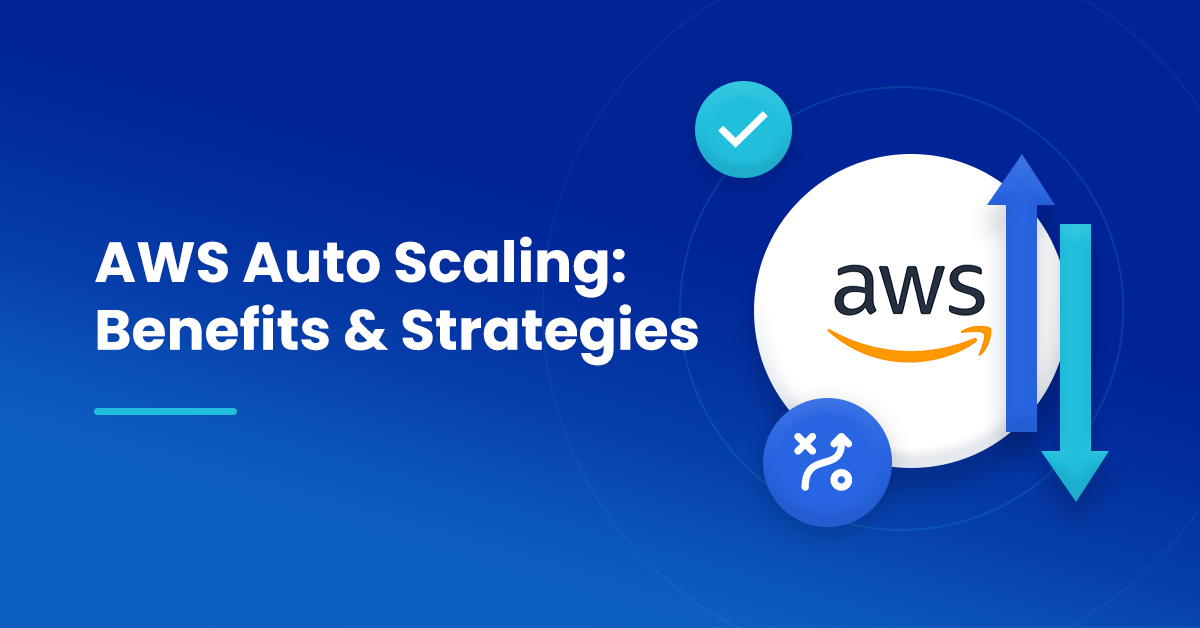Having to suffer a notification like “insufficient capacity” or spending an excess of your AWS spend on underutilized resources are the most painful challenges for all AWS users. Insufficient capacity can lead to significant delays and bottlenecks, impacting not just your customers but also your employees who rely on mission-critical software to get their work done.
And on the other hand, underutilized resources can cost you thousands of excess dollars and unproductivity due to inefficient use of resources. Thus, having a balance between both extremes is crucial. This is where AWS Auto Scaling comes in!
Let’s delve deep into the concept of AWS Auto Scaling and the best practices that can ensure the most potential for your business! Read Through!
What Is AWS Auto Scaling?

AWS Auto Scaling is a powerful service that monitors your applications and dynamically adjusts capacity to maintain steady, predictable performance while minimizing costs. With AWS Auto Scaling, you can quickly set up application scaling for multiple resources across various services in just a few minutes.
The service provides a user-friendly interface that makes it easy to create scaling plans for resources such as Amazon EC2 instances and Spot Fleets, Amazon ECS tasks, Amazon DynamoDB tables and indexes, and Amazon Aurora Replicas.
You can explore more details at AWS Auto Scaling.
What Are The Benefits Of AWS Auto Scaling?
Here are the most significant benefits of AWS Aauto Scaling:
- Improved Availability
One of the most significant benefits of AWS Auto Scaling is improved availability. By automatically adjusting the capacity of your application, Auto Scaling ensures that your application is always available to your users, even during times of peak demand. This means that you can avoid downtime and ensure that your customers are always able to access your services.
- Improved Performance
By automatically adjusting the capacity of your application, Auto Scaling ensures that your application can handle the increased workload during peak times. This means that your application will be able to respond quickly to user requests, reducing latency and improving the overall user experience.
- Reduced Costs
AWS Auto Scaling can also help businesses reduce costs. Auto Scaling ensures that you are only paying for the resources you need. This means that you can avoid over-provisioning your resources, which can lead to unnecessary costs. Additionally, Auto Scaling can help you avoid under-provisioning your resources, which can lead to lost revenue due to downtime.
- Improved Scalability
AWS Auto Scaling also provides improved scalability for your applications. With Auto Scaling, you can easily add or remove resources as needed, allowing you to quickly respond to changing demands. This means that you can easily scale up or down depending on the needs of your business without incurring additional costs.
Top AWS Auto Scaling Strategies!
You can use various strategies to get the most out of AWS Auto Scaling. Here are the top AWS Auto Scaling strategies that can help you make the most:

- Reactive Auto Scaling:
This strategy involves setting up policies to automatically adjust the capacity of your application based on changes in demand. AWS Auto Scaling can be configured to monitor metrics such as CPU utilization, network traffic, or queue size and dynamically adjust the number of instances in your group accordingly.
- Scheduled Auto Scaling:
Scheduled Auto Scaling allows you to create a pre-defined schedule to automatically adjust the capacity of your application based on anticipated changes in demand. This strategy can be useful if you expect a significant increase or decrease in traffic during specific times, such as during peak shopping seasons.
- Predictive Auto Scaling:
Predictive Auto Scaling uses predictive analytics and historical data to forecast future demand and scale the capacity of your application accordingly. This strategy can help you ensure that your application is always prepared for upcoming spikes in traffic and that you don’t waste resources during periods of low demand.
- Hybrid Auto Scaling:
Hybrid Auto Scaling combines reactive and proactive strategies to optimize the capacity of your application. You can set a baseline number of instances for your application and then use reactive and proactive scaling policies to adjust the capacity. This strategy can help you maintain a reliable baseline while being able to respond quickly to changes in demand.
How Does AWS Auto Scaling Work?

- You start by setting Auto Scaling groups. When you set up an Auto Scaling group, you define a set of policies that specify the desired behavior of your application environment. These policies can include scaling up or down rules based on metrics such as CPU utilization, memory usage, or network traffic. You can also configure Auto Scaling to automatically replace unhealthy instances or maintain a specific target number of instances.
- Once your Auto Scaling group is set up, AWS continuously monitors the metrics you specified in your scaling policies. If a metric exceeds a predefined threshold, AWS will automatically add additional instances to your environment to handle the increased load. Similarly, if a metric falls below a certain threshold, AWS will remove instances to avoid overprovisioning and reduce costs.
- AWS Auto Scaling can also work in conjunction with other AWS services, such as Amazon EC2, Amazon ECS, Amazon DynamoDB, and Amazon Aurora, to automatically manage the capacity of your applications. For example, Auto Scaling can be configured to work with Elastic Load Balancing to distribute traffic across multiple instances, ensuring that your application stays available even during periods of high traffic.
How Can nOps Help You With Efficient AWS Auto Scaling?
nOps is a cloud management platform that provides comprehensive support for AWS Auto Scaling. Here are some of the ways that nOps can help you achieve efficient AWS Auto Scaling:
Monitoring and Alerts:
nOps can help you monitor your Auto Scaling groups, instances, and scaling policies to ensure your environment operates efficiently. nOps provides real-time monitoring and alerts to notify you of any potential issues, such as over-provisioned or underutilized instances.

Optimization Recommendations:
nOps can analyze your AWS environment to provide recommendations on how to optimize your Auto Scaling policies. It can identify areas where you can reduce costs and improve performance by optimizing instance types, scaling policies, and utilization rates.
Capacity Planning:
nOps can help you plan and manage your capacity needs by providing visibility into historical usage trends and forecasted demand. With this information, you can make informed decisions about the size and scale of your Auto Scaling groups and ensure that your applications are always appropriately provisioned.
Your team focuses on innovation, while nOps runs optimization on auto-pilot to help you track, analyze and optimize accordingly! Our customers can benefit in two key ways:
- First, pay less for what you use without the financial risk.
- Second, use less by automatically pausing idle resources.
Let us help you save! Sign up for nOps today.



